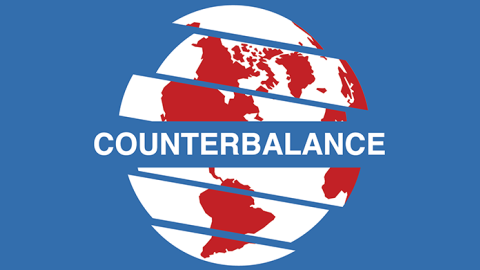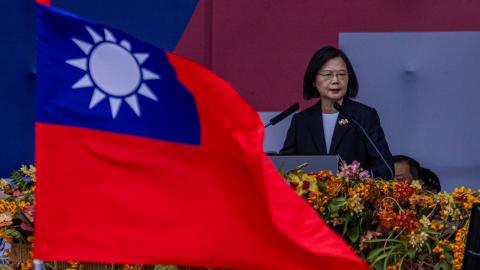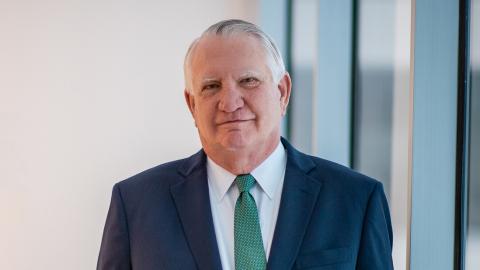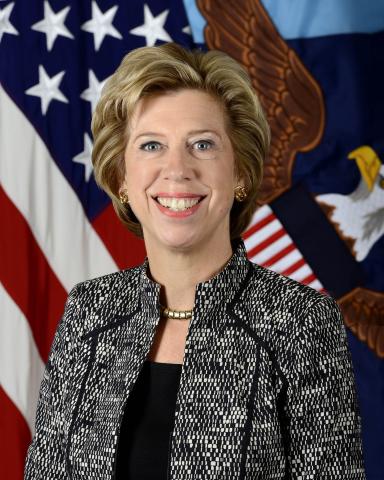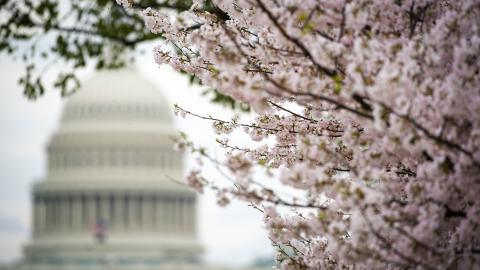Within forty-eight hours of President Obama's announcement of American support for India's bid for a permanent seat on the UN Security Council, the Pakistani federal cabinet passed a resolution terming this action as "incomprehensible." According to the resolution, this American action would have "implications for peace and security and stability in South Asia"--another way of implying, but not stating, that the balance in South Asia would be upset.
This desire of Pakistan for parity with a much larger neighbor, India, is not new. As I argue in my forthcoming book, Pakistan's desire for parity has its roots in pre-Partition history. The All India Muslim League sought parity with the Indian National Congress, on the grounds that Muslims, even if numerically only one-fourth of the population, had an equal right, as Hindus, to determine India's future. This legacy continued after 1947, and Pakistan has consistently sought economic and military parity with India. Even after the break up of Pakistan in 1971, the desire on the part of the Pakistani policymakers--civilian and military--to maintain parity continued.
From Pakistan's perspective the relationship with U.S. is vital because American economic and military assistance is supposed to help Pakistan achieve its goal of being treated as India's equal. What is ignored is that during the Cold War, the Americans were often disenchanted with India they never saw India as an enemy, and hence were reluctant to bracket India with communist countries. The various American Cold War alliances that Pakistan entered into only referred to communist aggression as "aggression" frustrating the Pakistani policy makers to no end.
This desire for parity also meant that Pakistan looked askance at any American attempt to build ties with India or offer India economic or military assistance. Pakistani leaders have portrayed every such American attempt as a betrayal of Pakistan and stated that Americans do not realize the "untrustworthiness" of the Indians. Former Pakistani military dictator General Ayub Khan even asserted that the only true American friends in Asia are the Pakistanis.
For the last sixty-three years, Pakistan has tried to achieve parity--especially economic and military--with India, but has not succeeded. India's population is over 1 billion and Pakistan's close to 180 million. India's Gross Domestic Product (GDP) is six times Pakistan's and India's economy is growing at 8.5% currently, whereas Pakistan's economy will grow at the rate of its population growth--in effect canceling out growth.
If we look at US-India relations and US-Pakistan relations today, there is a vast difference. India-US bilateral trade stands at around $60 billion and American businesses want to tap into the 300 million strong Indian middle class. In 2010 alone, exports from India to US lay at $14 billion and imports at $22 billion whereas during the same time period exports from Pakistan to US lay at $1 billion and imports at $2billion.
The Obama Administration has provided Pakistan with $7.5 billion in non-military aid and $2 billion in military aid for the next five years. However, India-US arms sales currently stand at $3.5 billion and will rise after the recent deals announced during the Obama trip and the easing of restrictions on dual-use technology.
In the arena of people-to-people ties, there are approximately 3 million Indian-Americans and 700,000 Pakistani-Americans. Over 100,000 Indian students come to study in the U.S. every year, whereas approximately 6,000 Pakistani students come to America yearly. There are currently two governors of Indian-American descent and around 26 India-Americans who hold the rank of assistant secretary in the current administration.
While every state, irrespective of its size, has the right to sovereign equality what realpolitik shows is that size matters. It is difficult to overcome the impediments of size, but there are countries which have been able to do so like Singapore which is a much bigger and stronger economy than its larger neighbor Malaysia. However, Singapore has never sought parity with any of its larger neighbors either.
The desire to seek parity with India has led Pakistan down a path that is not sustainable, which has had negative impacts on its economy and led to increased defense expenditure and negligible social spending. Both Kashmir and Afghanistan have formed aspects of this desire for parity with India. Interference in Afghanistan has only led to a blowback with a massive terrorist infrastructure which is now a strategic threat to Pakistan. Some analysts believe that if Pakistan is able to get Kashmir from India, this will help Pakistan achieve parity.
Demographically-speaking, India's Jammu and Kashmir with a population of approximately 10 million will not help Pakistan achieve parity with India. In the economic arena while tourism is Kashmir's biggest industry and the rivers flowing through Kashmir provide water to Pakistan these alone would not boost Pakistan's economy to the level of India's.
What United States, India and other friends of Pakistan can do is to help Pakistan achieve this objective. India, especially, is in a role to do the most to help Pakistan. While economic, demographic and military parity is not possible, a feeling of psychological parity where Indian leaders are more accommodating of Pakistan's sensitivities and unilaterally offer Pakistan concessions on a number of issues.
Pakistan is a country of 177 million people with vast human and economic potential, which can be tapped if the government focuses its attention on economic development, infrastructure building, education and health. This elusive desire for parity with a much larger neighbor has not benefited Pakistan.
